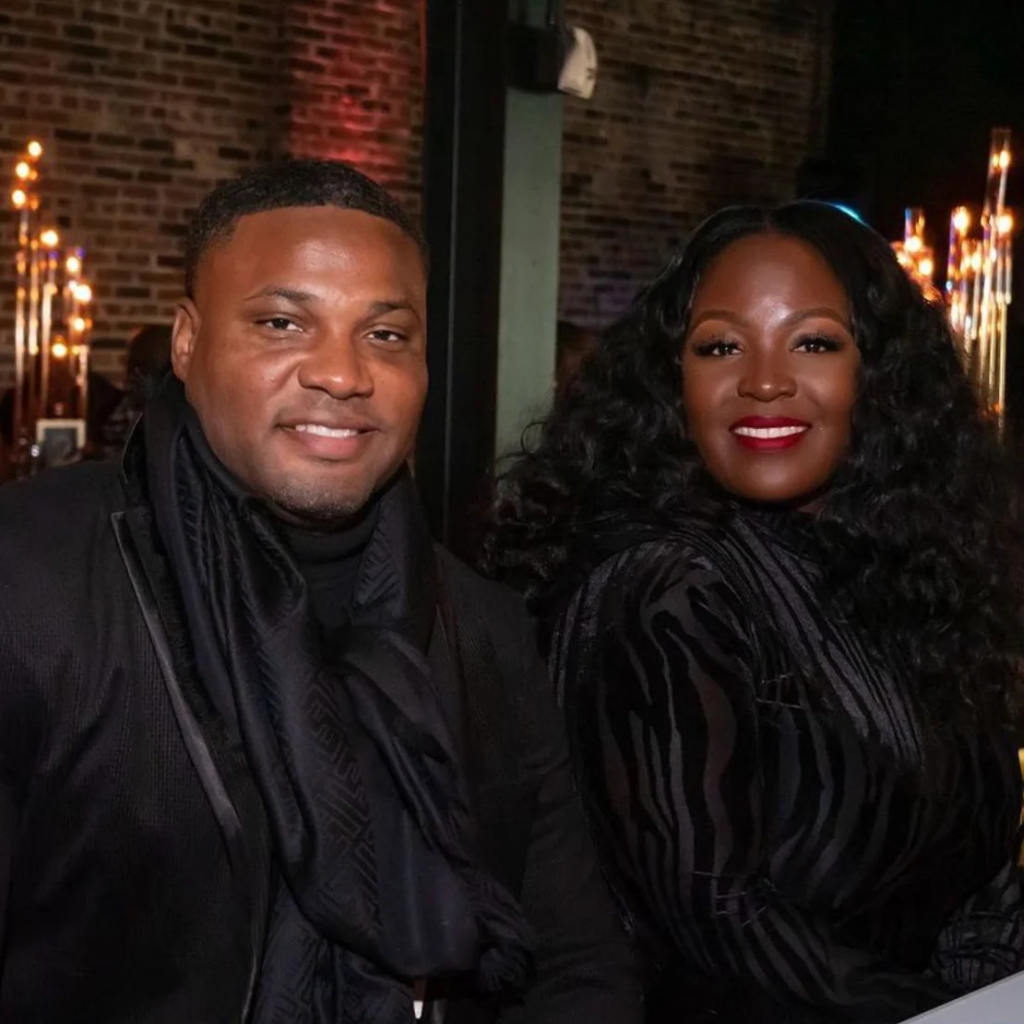Some bars and eateries are banning 20-somethings. Can it become a widespread practice?

When Johnny B. Barounis opened The Auction House in New York’s Upper East Side in 1993, he knew he wanted to deter a certain type of customer in their early 20s — in his words, “those kids that had their flannel shirts tied around their waists, wearing their Villanova hats backwards, walking around in the street with their Amstel Light in their hand.”
He deliberately cultivated an atmosphere at his bar that he felt might intimidate a fresh-out-of-college 20-something: rich velvet drapes, crystal chandeliers, antique furniture. On Fridays and Saturdays, the message was more explicit: Only patrons 25 and up were allowed in the door.

“I didn’t need a 21-year-old to come in with two of his friends, to make a ruckus and then get sick in the bathroom,” Barounis says.
Barounis says his age policy was rare back then, and some at the time questioned his decision to keep out younger customers. Three decades later, the bar is something of an institution — and the 25-and-up policy on weekends was so well-received that he implemented it at his sister bar, The Back Room.
Today, plenty of bars and lounges around the US impose similar — if not stricter — age restrictions, hoping to curb unruly behavior sometimes exhibited by newly legal drinkers and appeal to an older crowd. But such age limits are still unusual at restaurants, as evidenced by the recent controversy around a Missouri eatery.
Bliss, an upscale Caribbean restaurant that opened last month in the suburbs of St. Louis, provoked numerous headlines and fervent debate for limiting entry to women 30 and up and men 35 and up. As Barounis sees it, the uproar over the restaurant’s age policy suggests it might have been too extreme.
“The difference between 21 and 25 is greater than 25 and 35,” he says. “Where do you draw the line?”
How the owner of Bliss chooses to run his business is, of course, his prerogative, Barounis and others in the hospitality industry say. But the conversation around the restaurant’s unconventional age policy raises some interesting questions: To what extent can businesses dictate who their customers are? And to what extent should they?
Plenty of customers appreciate age restrictions
Generally, society seems to have reached a tacit (if begrudging) acceptance of age restrictions at certain establishments.

Bars like Barounis’ Auction House have long operated without issue, catering to customers seeking a night out without potential disruptions from patrons who haven’t yet learned how to handle their liquor. Some restaurants have seen increased reservations and sales after instituting bans on young children. And adults-only hotels and resorts are popular for a reason.
In fact, Bliss owner Marvin Pate tells CNN his positive dining experiences at adults-only resorts are what inspired his restaurant’s age policy. He and his wife Tina Pate, both 42, found that there was a demand among people their age for an elevated spot where they could kick back, relax and hear the music they grew up listening to.
“Why not just make a lounge type of feel at a resort but in a restaurant setting?” Pate says of his thinking behind Bliss. “Majority of (places) around the country, if you go to a place that’s 35 and up, it’s actually a lounge with fried food. We thought about the concept of a restaurant that’s daily, where people could … get a luxe environment and just enjoy themselves with actual cooked food.”
Judging by the comments on the Bliss Facebook page, many customers welcome the laid-back, mature environment that Bliss promises. Several people urged the restaurant not to backtrack on its age policy despite the criticism it has received, while a few joked that they wouldn’t take issue with an even higher age limit.
Still, some in the comments objected to the idea that age was a reliable proxy for maturity level. Others questioned whether Bliss’ stringent policy of carding people at the door was necessary to achieve the sophisticated ambiance that Pate envisioned. Would 20-somethings even want to hang out in a place where a majority of the clientele is in its 30s and 40s?
“An age restriction for a restaurant is a bit of a reach unless it’s a bar and event space too IMO,” one commenter said. “If they want to deter disruptive crowds it’s better to raise the price range not the age range.”
However objectionable some patrons find these age restrictions, such policies don’t generally constitute age discrimination, says Trey Lindley, a civil litigator in North Carolina with the business law firm Lord & Lindley.
Businesses generally have the right to set their own guidelines for service, as long as it isn’t on the basis of federally protected categories such as race, religion, national origin or disability, according to Lindley. Think of the “no shirts, no shoes, no service” signs that proliferated in the early 1970s or Covid-era mask mandates.
Though federal law prohibits age discrimination within the context of employment, Lindley notes that age isn’t typically a protected characteristic when it comes to federal and state laws banning discrimination in public places. Provided that an establishment has a logical reason for its rules and enforces them uniformly, he says it generally has the right to do so.
“I think the biggest concern for restaurants who want to do this is potential blowback,” he adds.
Different age policies for men and women raise questions
When bars or restaurants institute age requirements, it inevitably elicits some grumbling from those who feel excluded.
Just last month, Donerick’s Pub in the suburbs of Columbus, Ohio, made headlines for raising its age limit to 30 and older on Fridays and Saturdays. And each time a restaurant announces a policy restricting children, it inspires intense debate across social media.
While there seemed to be a few people who were upset that Bliss implemented age restrictions at all, some of the criticism focused on the fact that the rules are different for men and women.
Bliss defended its policy of allowing women 30-plus and men 35-plus, writing in a May Facebook post that it intends to create a “grown and sexy atmosphere” and helps to “maintain a sophisticated environment, uphold our standards, and support the sustainability of our unique ambiance.”
Pate says the restaurant initially planned to institute a 35-and-up policy for both men and women, but lowered the threshold for women to cater to what he called “ladies night out” — referring to young professional women gathering with female friends for happy hours and other social events.
The five-year gap struck some customers as arbitrary, with some women who met the age requirements expressing frustration that they couldn’t visit Bliss with their male partners.
“Why can I come at age 30, but my husband who will be 33 this year can’t?” one user commented on a Facebook post from Bliss. “Assuming that all young people are going to cause problems is cutting out a huge crowd of people who would bring in more business.”
“May I ask why the men have to be older than the women? I would love to be able to come with my fiancé (who’s older than me), but he’s not 35 for 2 more years,” another person wrote.
Bliss’ age discrepancy may be especially stark, but separate policies for men and women aren’t unheard of among bars and nightclubs. Barounis, for example, recalled working at a bar in Long Island decades ago that barred women under 23 and men under 25. And for years, bars and nightclubs enticed both male and female customers by offering discounted or free drinks for women.
Even if Bliss’ rules likely don’t constitute age discrimination, Lindley says the gender discrepancy could open the restaurant to litigation.
But Pate maintains that the policies at Bliss aren’t intended to discriminate against anyone. He says the goal is simply to provide a relaxing atmosphere for older customers and adds that he didn’t think the restrictions were out of the norm.
Experts say age-exclusive establishments are unlikely to become a trend
Though restaurant and bar owners can generally set their own rules on who they allow in, hospitality industry experts that spoke to CNN are doubtful that age-exclusive establishments will become a trend.
Excluding patrons under 35 or 30 omits an otherwise desirable slice of the market, says Jason Kaplan, CEO of the restaurant consulting firm JK Consulting. While bars may be able to get away with higher age restrictions, he says he wouldn’t recommend such a strict policy for restaurants given that profit margins on food are much lower. Younger generations tend to spend more money on drinking and eating out, and Kaplan says it’s unlikely that most businesses would want to give that up.
“You’re talking about that sweet spot between young professionals that you’re basically going to eliminate, who are willing to pay for experiences,” Kaplan says.
Eddie Fahmy, CEO of A2Z Restaurant Consulting, agrees. He understands why a bar might impose age limits only on certain days, but to him, shutting out a younger demographic entirely is a risky business decision.
“If you’re a restaurant and you want to make money selling food and serving customers, it just doesn’t make sense to me,” he adds.
But other establishments with strict age policies say the business model works for them. Toya Taylor, owner of the San Antonio-based 30-plus lounge Horizons & More, says she knows she’s probably losing some business by barring people under 30, but she also feels that doing so reduces her liability.
“The places that are starting (to use age restrictions) are going to see good results, especially if they stick to it,” she adds.
Meanwhile, Barounis notes that the buzz generated over Bliss’ age requirements could work in its favor, and he’s eager to see whether the restaurant finds success with its unusual policy or whether it ultimately reverses course.
Pate, Bliss’ owner, says he’s not going anywhere. And when those younger customers finally turn 30 or 35, Bliss will be there, waiting to welcome them in.
“I feel like we have (filled) a big void that was needed inside American society and just the culture in general,” he adds. “People were asking for this, and we just gave the people what they want.”


